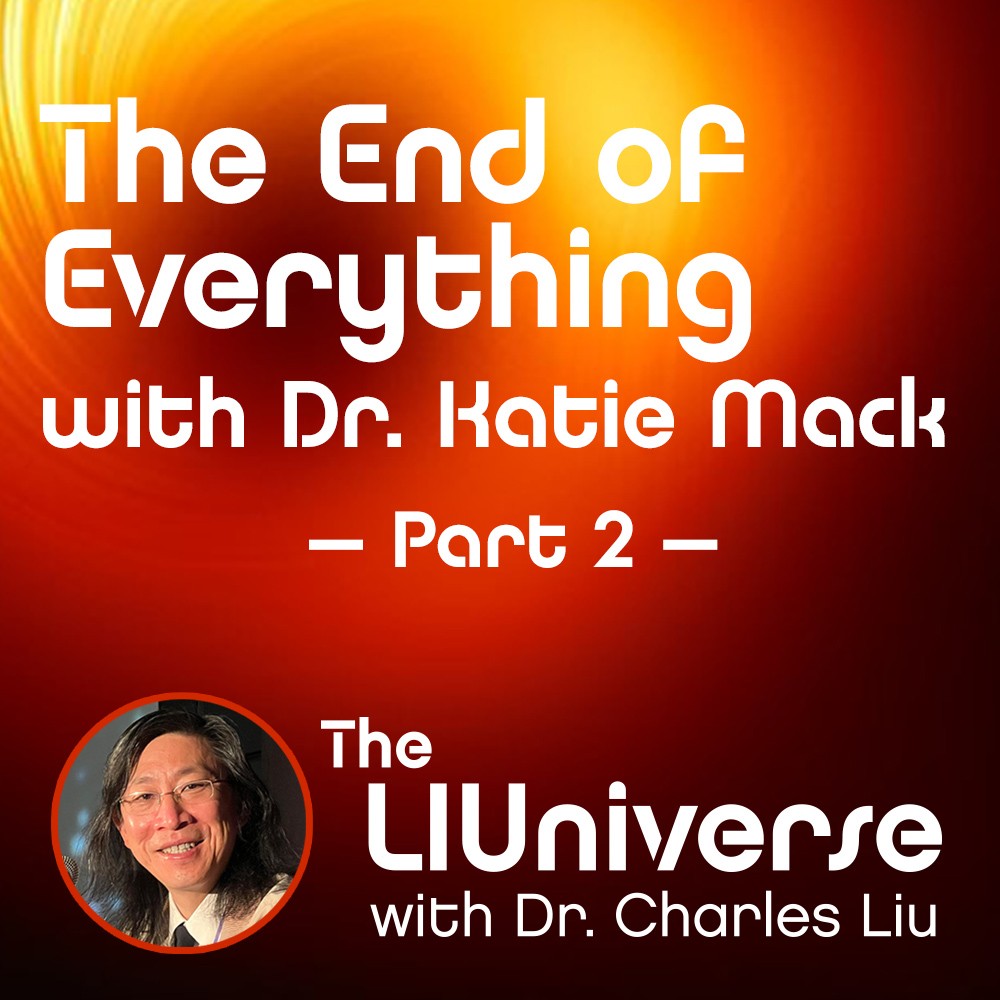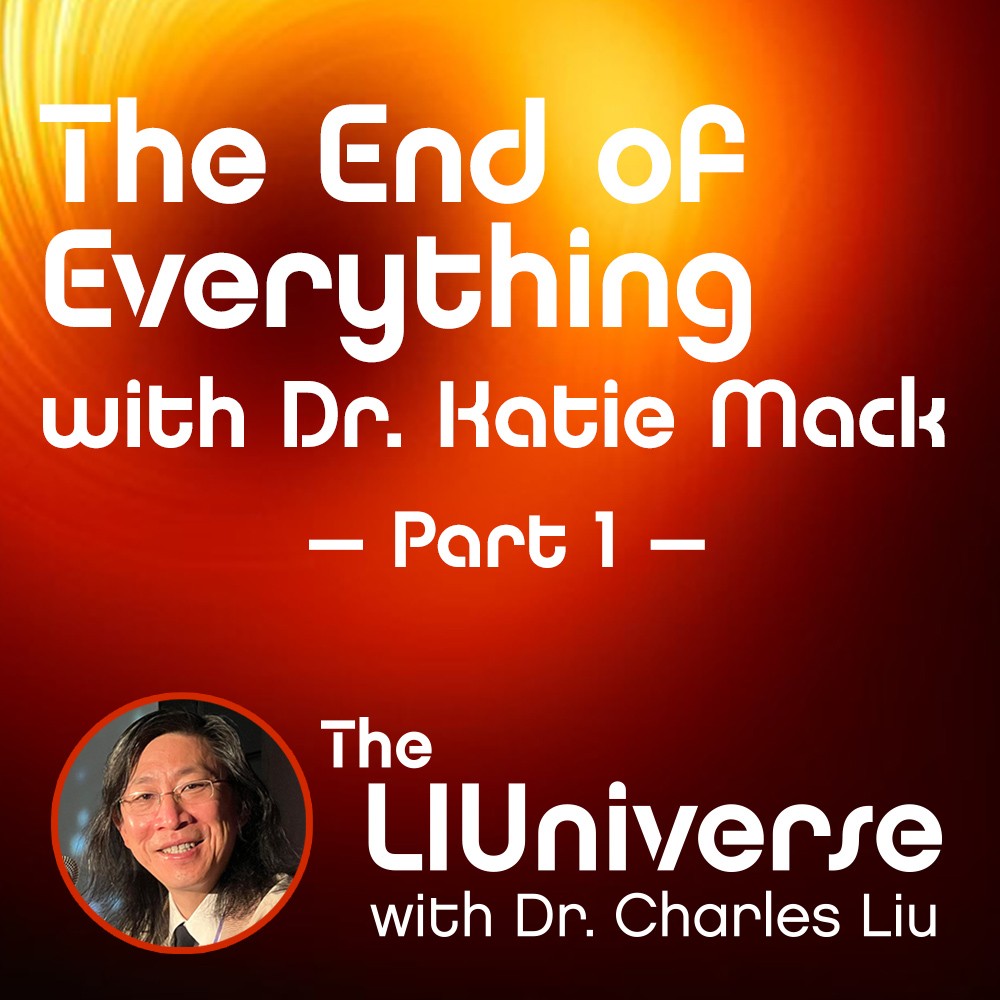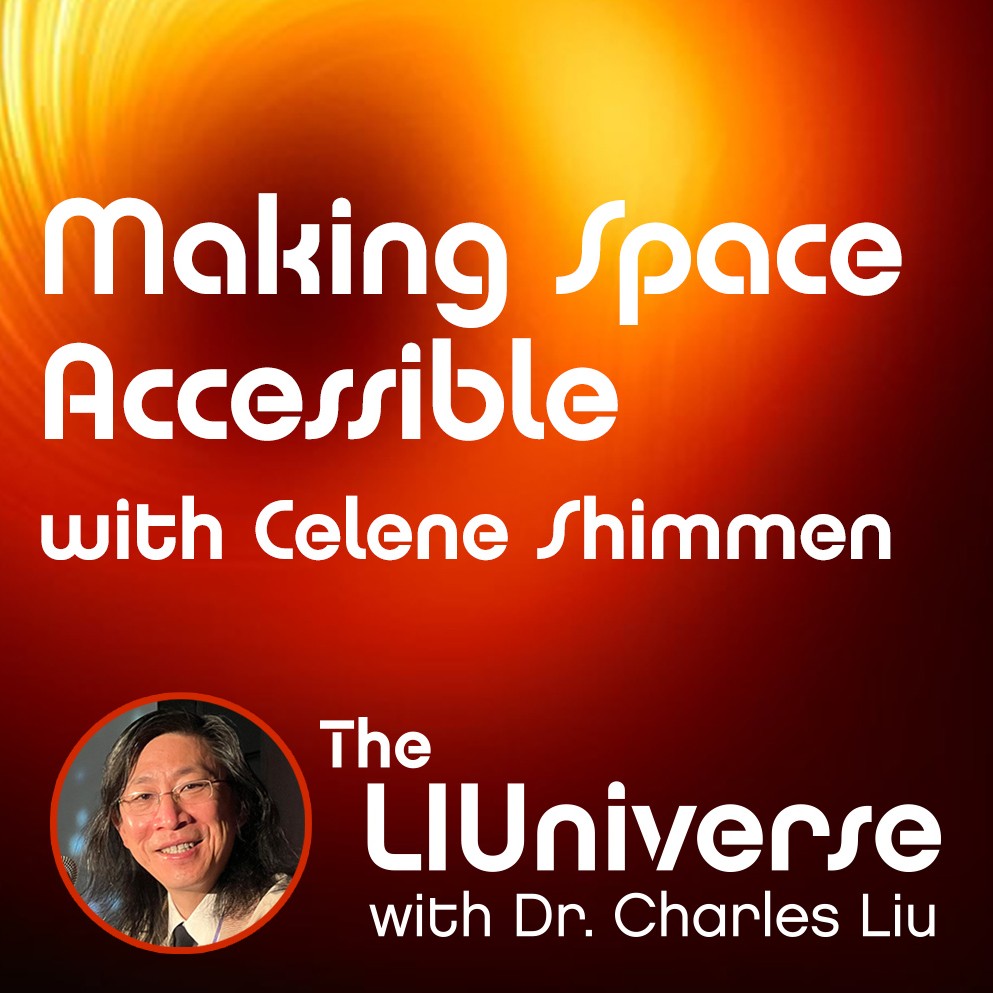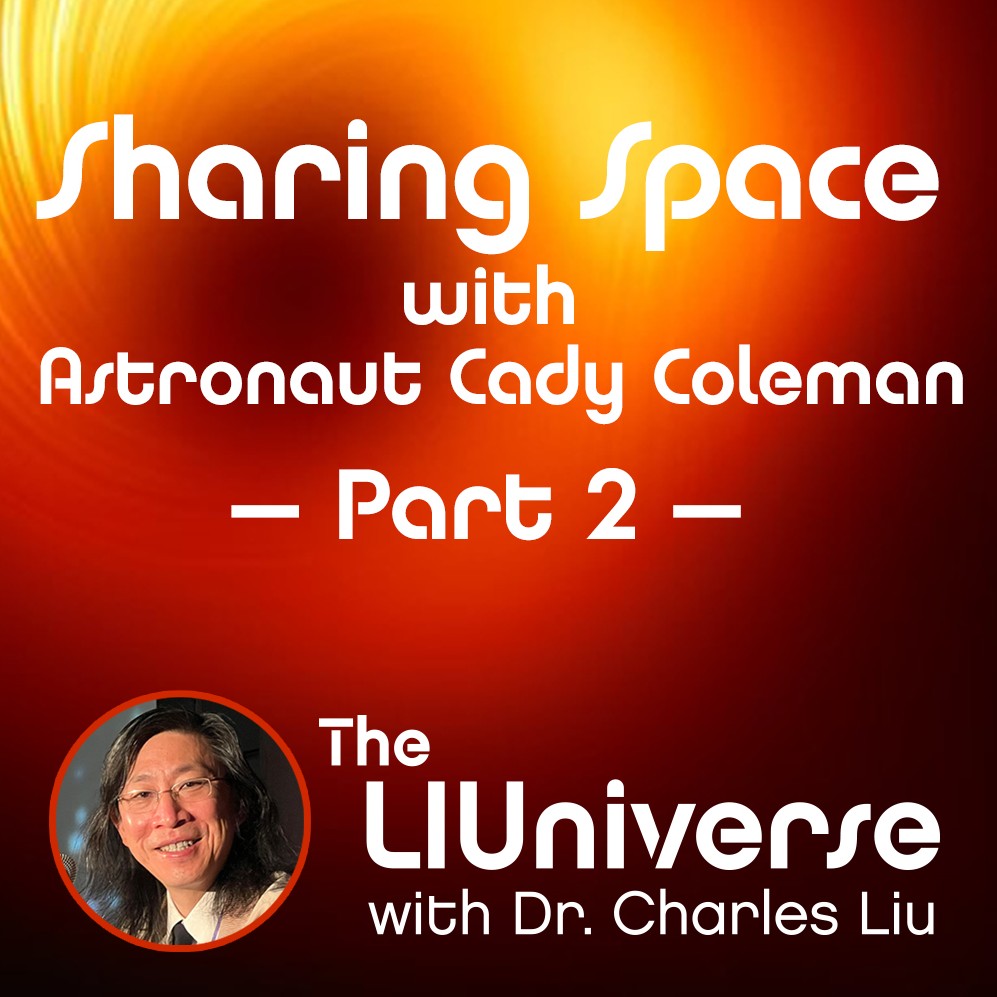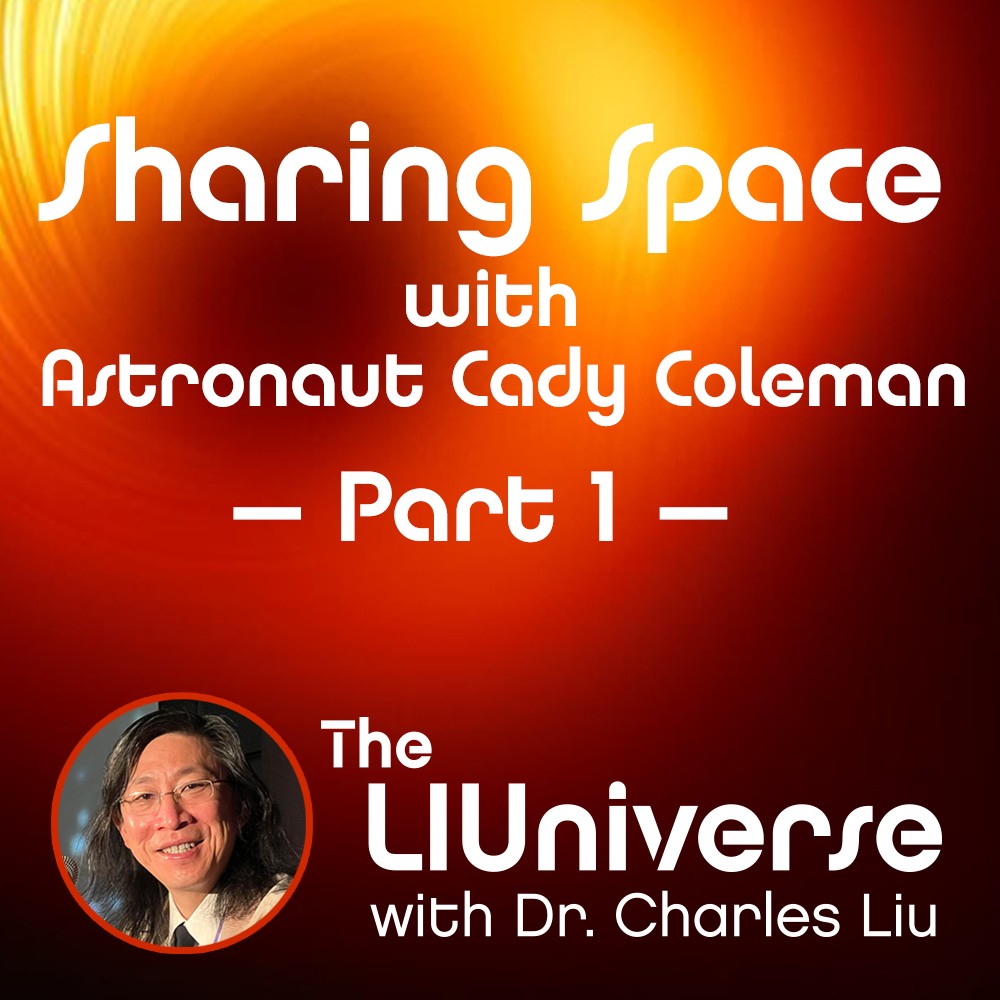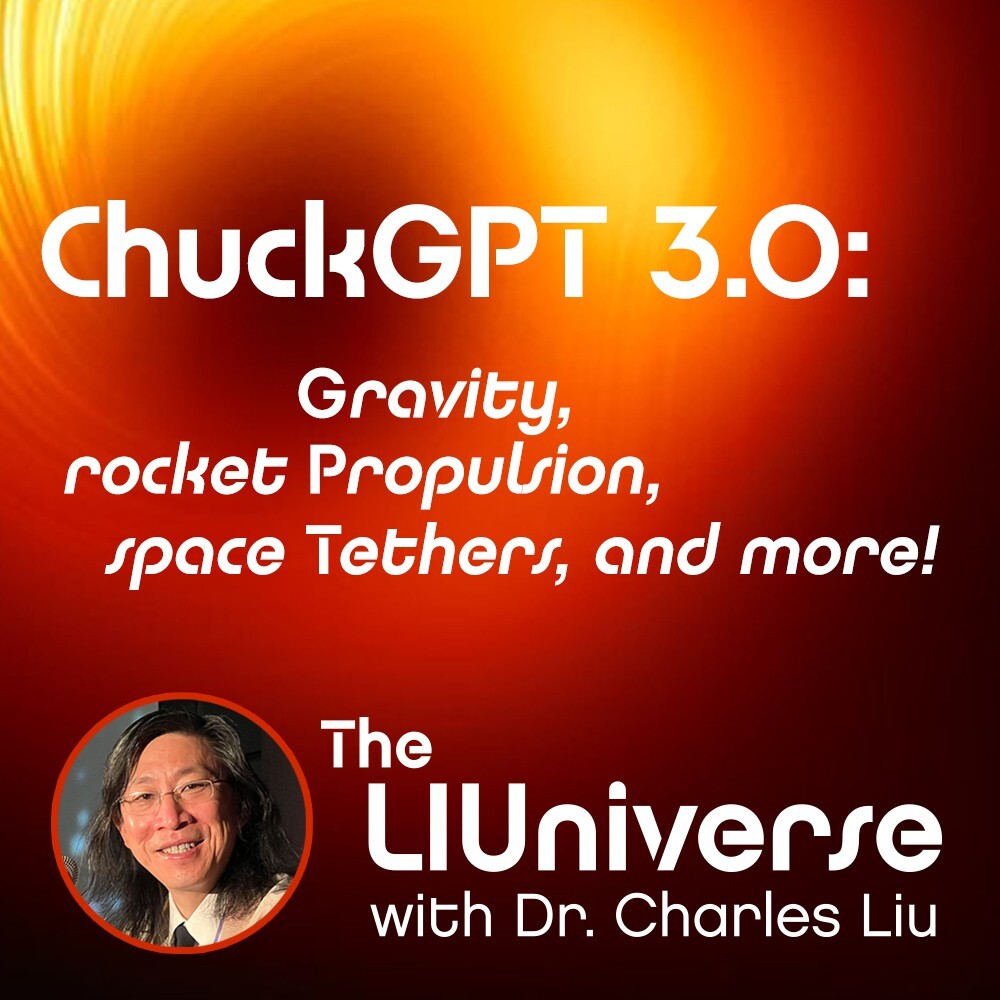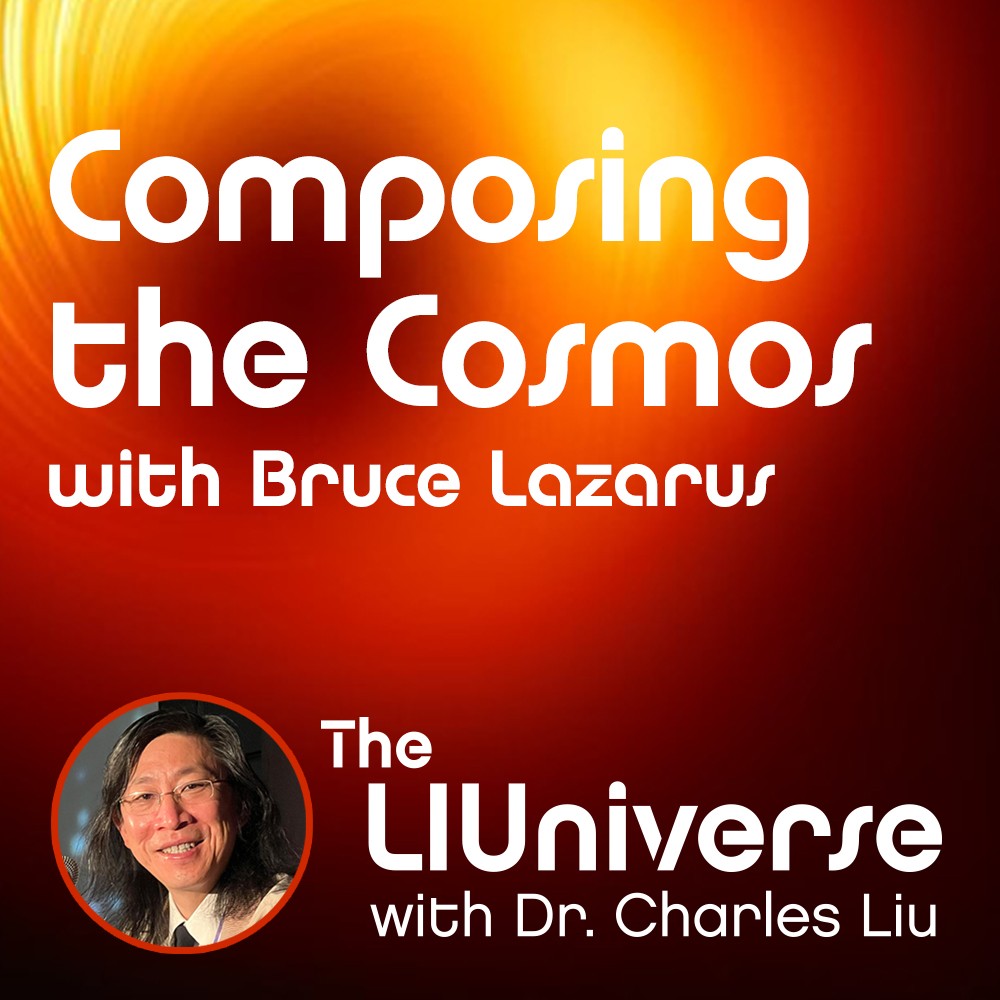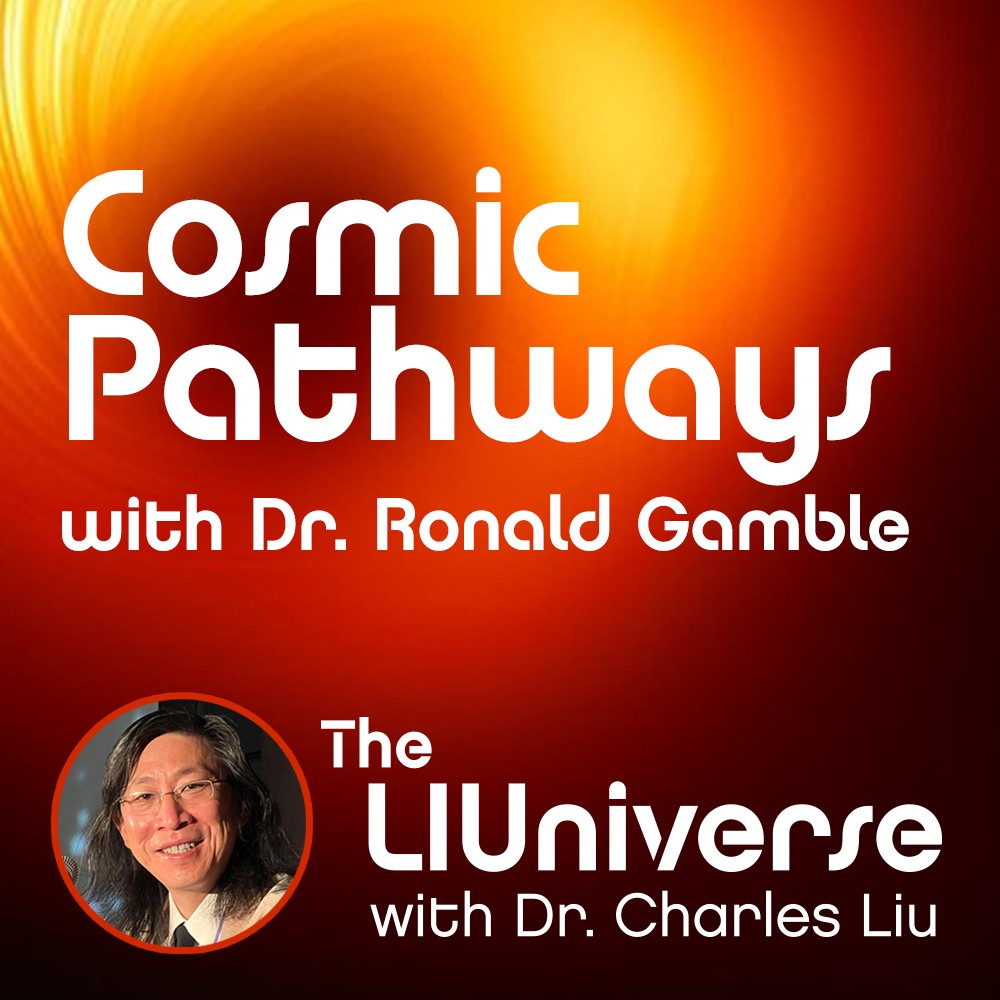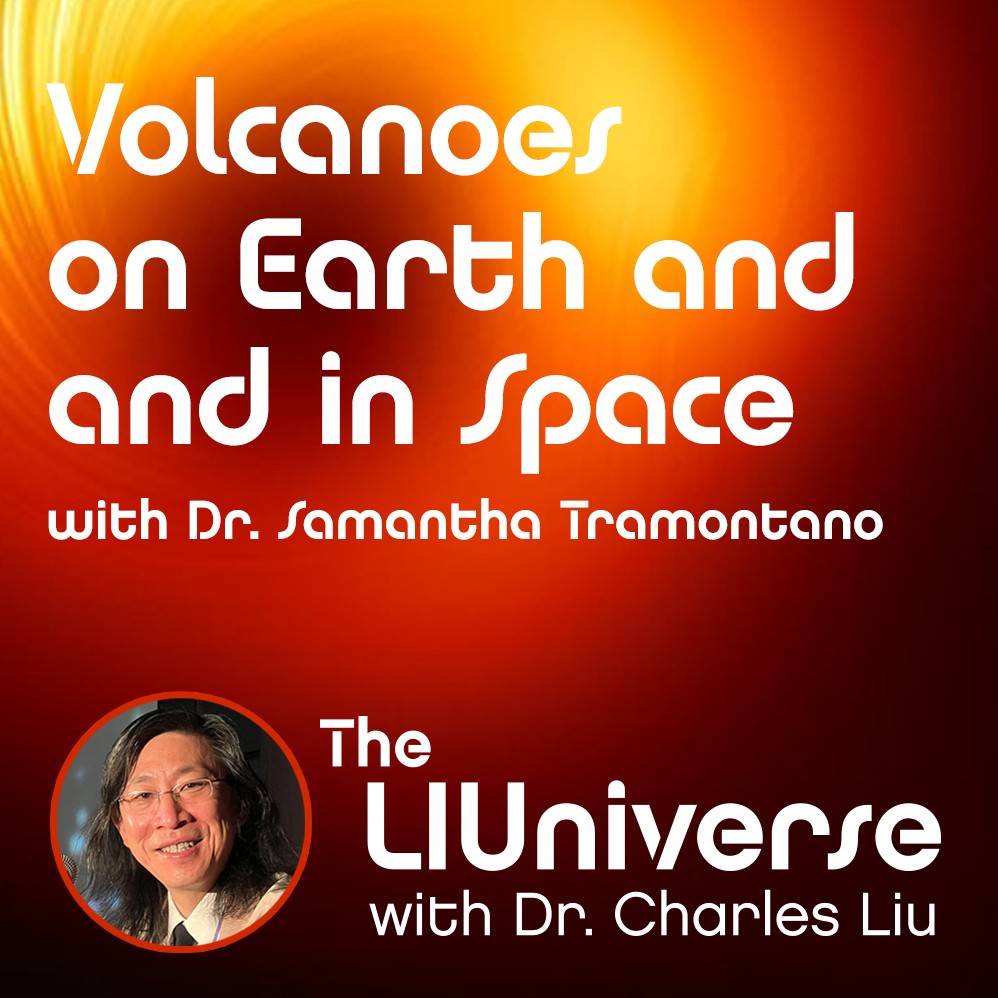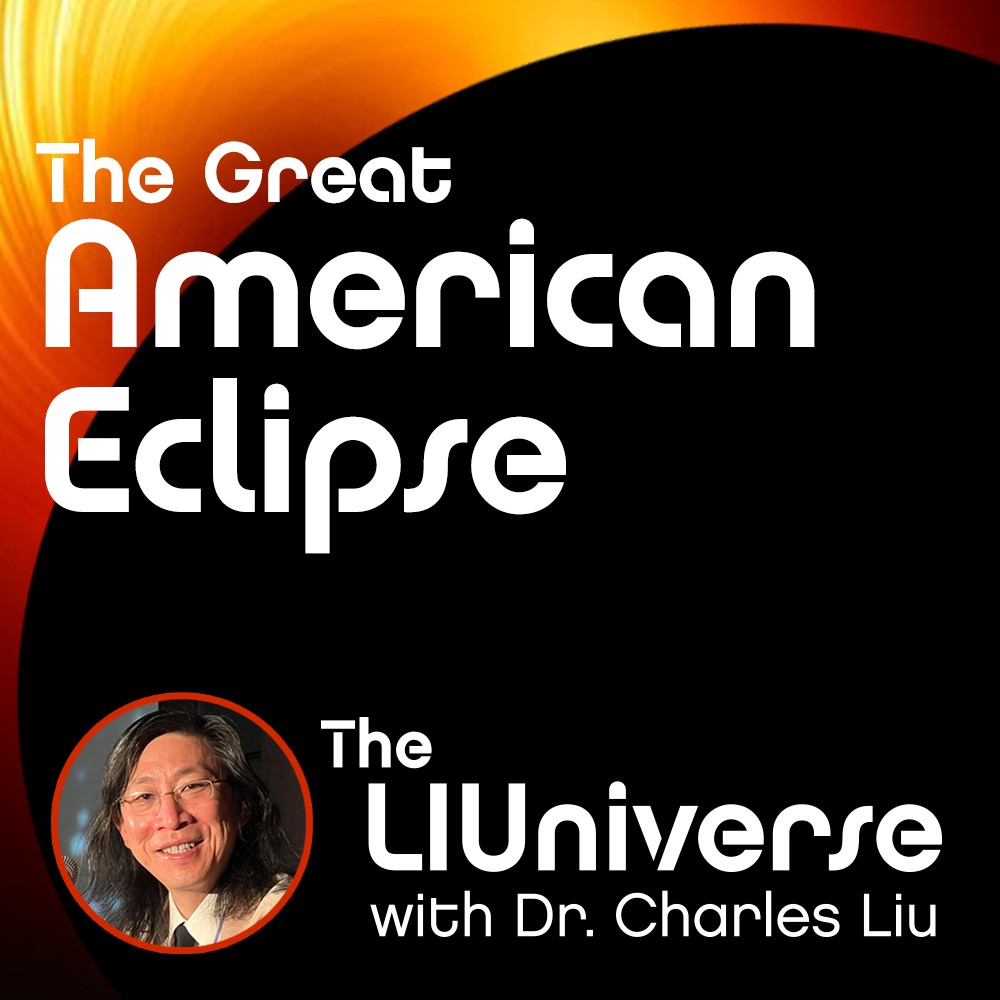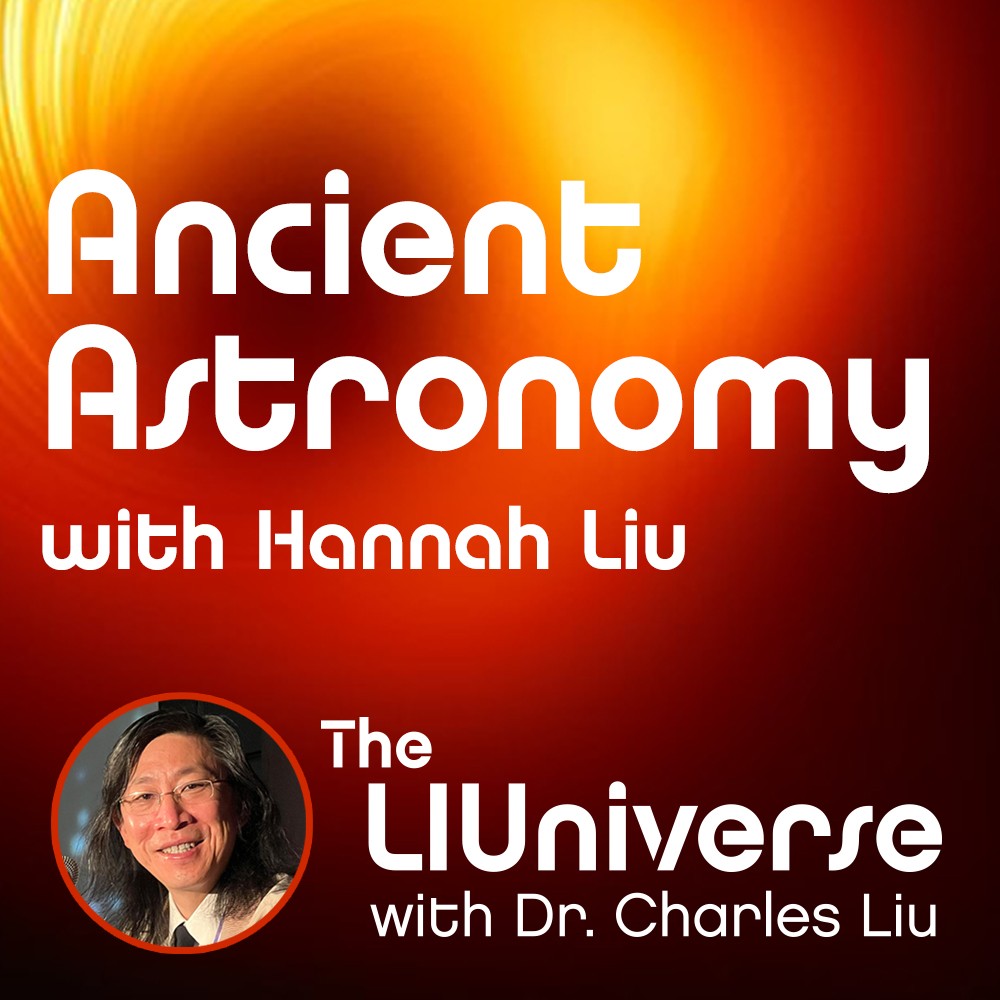Solar Flares and Deep Space Nine with Dr. Jimmy Negus
Description
Welcome to the Season 3 premiere of The LIUniverse, your happy half-hour dose of cosmic conversation and geeky banter with host Dr. Charles Liu! In this episode, Chuck and co-host Allen Liu welcome back Dr. Jimmy Negus, who was our guest on our very first episode, to talk about Solar Flares, “Deep Space Nine,” and more.
As some of you may remember, Jimmy was only a PhD candidate back then, with his research focused on active galactic nuclei, including black holes, quasars and more. Now that he’s got his doctorate, Jimmy has pivoted to studying solar physics, which is the perfect lead in to discuss the upcoming Great American Eclipse, the total solar eclipse on April 8, 2024 that has them – and the rest of America – buzzing with excitement.
As always, though, we start off with the day’s “Joyfully Cool Cosmic Thing” – the discovery of a pulsar in a binary system with an unknown and mysterious object that seems to be somewhere between the mass of a neutron star and a black hole by astronomers using the radio telescopes in the MeerKAT array in the South African Radio Astronomy Observatory (SARAO). Jimmy explains that the leading theory may be that it is a smaller mass black hole than we’ve yet observed that was created by the collision of two neutron stars. Special thanks to our friends at the All Things Unexplained podcast (@allthingsunexplained) for bringing today’s JCCT to our attention!
Our first question of the day – and the season! – comes from audience member Makalya, who asks, “What are the chances of having black holes consume each other, becoming giant black holes, and slowly start growing from there?”
Pretty high, it turns out. Dr. Negus explains how we use gravitational waves to deduce the frequency of black hole mergers in the universe. If we look across the entire observable universe, there are between 200,000-400,000 mergers EVERY YEAR! Of course, that includes all types of black holes. If we’re only looking Jimmy estimates only about 10% of that number are collisions of supermassive black holes. And we’ve got a little while before that happens to our supermassive black hole, which will someday collide with Andromeda’s – something on the order of 4 billion years or so.
Moving on, Jimmy tells us about his new gig at The University of Colorado, Boulder, where he stayed on as a research faculty member after getting his PhD. He’s now analyzing, calibrating and validating data from NOAA’s GOES-18 satellite (GOES is a suite of Geostationary, Environmental Operational Satellites, the longest running continuous stream of satellites, first launched in 1974.) In addition to its weather-sensing technology that points down at the Earth, the satellite carries X-ray and UV sensors that point towards the sun to track space weather.
Next up, we turn to the impending Solar Max period of our solar cycle, where the magnetic field of the sun completely flips every 11 years. Jimmy discusses the 2025 peak of the solar cycle, how solar emissions like X-Class Solar Flares can impact us. Charles points out that previous solar maxes have even taken down satellites, and Jimmy describes various ways we work to mitigate the damage from the next flare.
Speaking of which, for our next question Shana asks whether a solar flare can set her phone on fire. Jimmy explains why we’re not in danger here on Earth, thanks to technological advancements, but that a satellite disruption could disrupt service temporarily. He describes the Carrington Event of September 1859 during solar cycle 10, which was the most intense geomagnetic storm ever recorded, and actually caused some telegraph wires to burst into flame.
Finally, Chuck turns our focus to our obsession with science fiction. We revisit “The Expanse,” which Jimmy just finished watching, and while good, “certainly wasn’t a perfect show. It wasn’t “Deep Space Nine,” my favorite.” Chuck posits that Voyager was better, but the two wisely reserve judgment on the new Star Trek shows and sticking with the classics.
If you’d like to keep up with Dr. Jimmy Negus, you can visit his website at www.jimmynegus.com and @spacebound_negus on Instagram.
We hope you enjoy this episode of The LIUniverse, and, if you do, please support us on Patreon.
Credits for Images Used in this Episode:
– Path of the April 8 2024 eclipse through the USA – NASA SVS/ Michala Garrison, Public domain
– Radio telescopes in the MeerKAT array – Square Kilometre Array Organisation (SKAO) / South African Radio Astronomy Observatory (SARAO) CC BY 3.0
– Animation of a Pulsar – NASA SVS, Public domain
– GOES-18 before launch – NOAA Satellites, Public domain
– An X-class flare in 2012 – NASA Goddard Space Flight Center, Public domain
– The Solar Dynamics Observatory before launch – NASA/Jim Grossmann
#theliuniverse #charlesliu #allenliu #sciencepodcast #astronomypodcast #jamesnegus #jimmynegus #universityofcolorado #astronomy #astrophysics #totalsolareclipse #greatamericaneclipse #quasar #blackhole #activegalacticnucleus #agn #theexpanse #deepspacenine #supermassiveblackholes #solarmax #xclasssolarflares #solarcycle #neutronstar #carringtonevent #NOAA #GOES18 #satellite #MeerKAT #southafricanradioastronomyobservatory #SARAO








